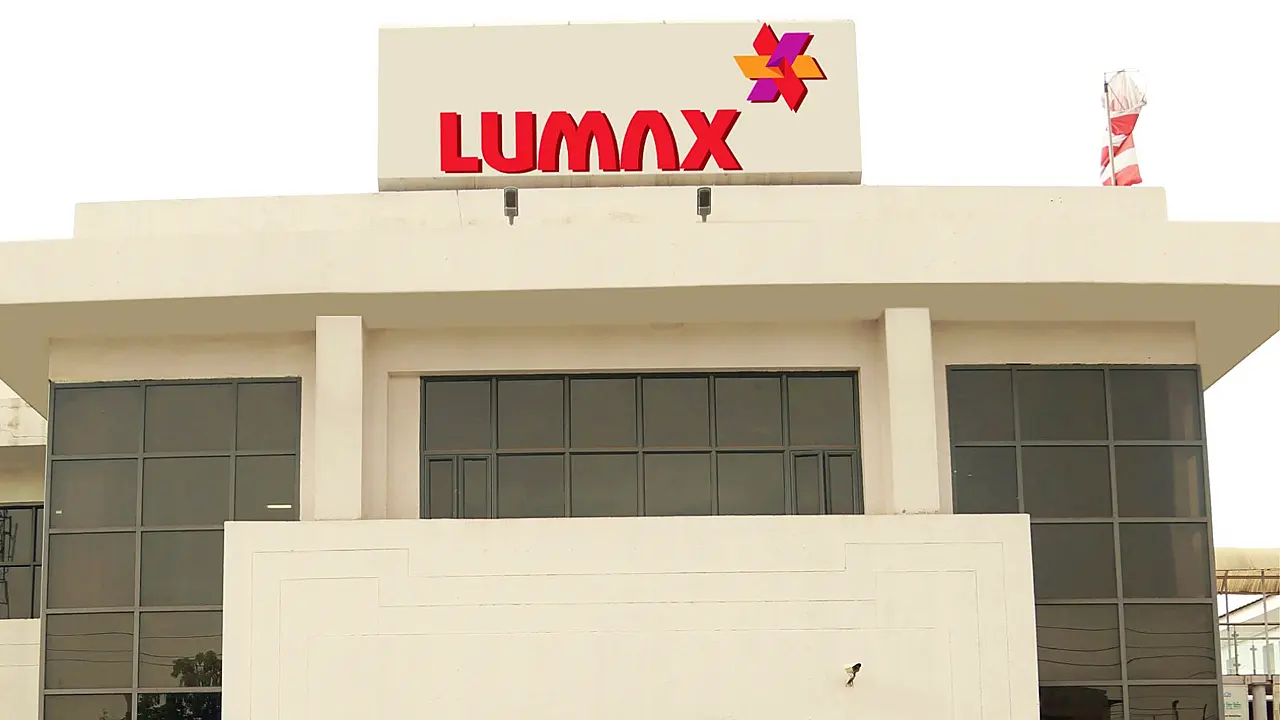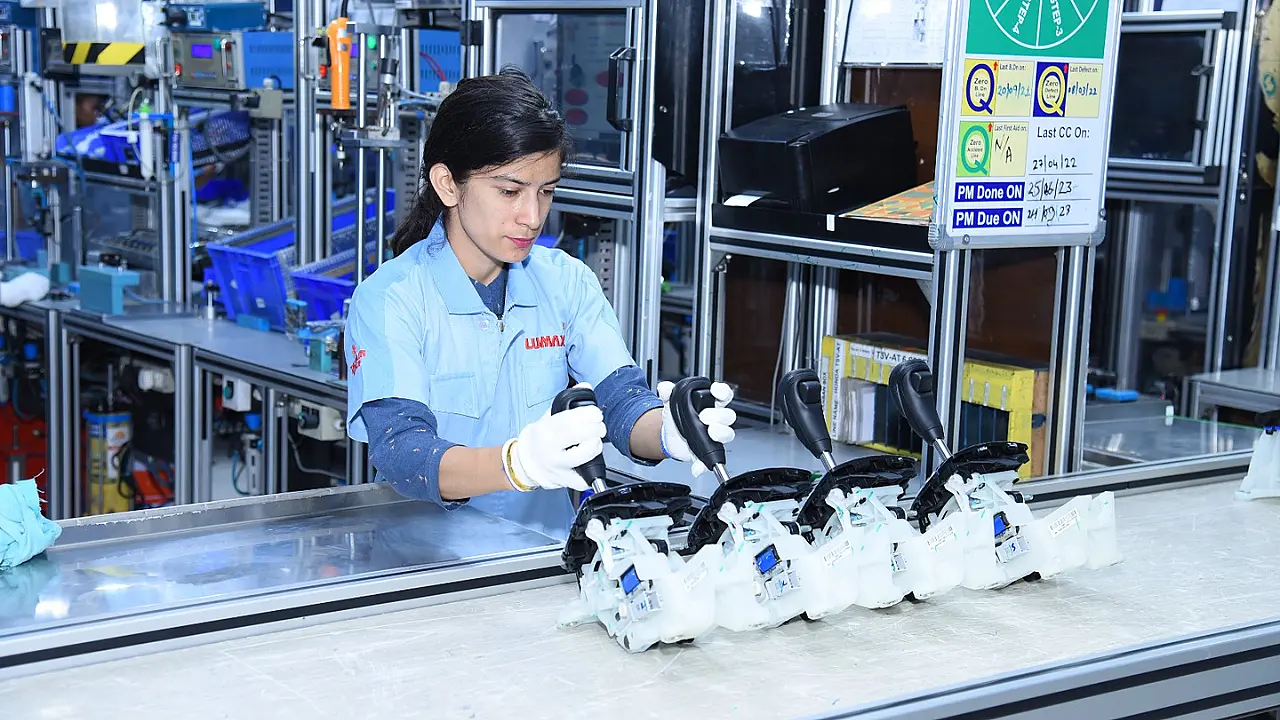
“With Mannoh and Jopp, we are riding twin horses with Japanese efficiency and German engineering,” said Vikas Marwah, CEO, Lumax Auto Technologies.
This “will enable us to grow our business” in the transmission space by 5X by FY25 as compared to FY20 levels. In FY23, Lumax generated INR 1,847 crore revenue, its highest till date, of which 16% came from the gear shifter business.
Marwah was speaking to Mobility Outlook during a recent visit to the company’s facility at Manesar near Delhi. Lumax is keen on replicating the success of its Mannoh partnership — that focuses on gear shifter assembly — with Jopp which aims at being a full systems supplier in transmission sub assemblies.
“The remaining two parts of the transmission system that we operated in were identified as cables and shift towers. Cables were evaluated and rested as a possible expansion area,” he said. By FY25, the target is to make 10 products in the transmission system space going up to 20 by FY30.
Lumax-Jopp plans to develop CAN (controller area network) based gear shifters to meet the needs of European, American and Chinese OEMs. The alliance with Mannoh caters to the Japanese kitty of Toyota, Suzuki and Honda.
Going forward Lumax Jopp will Focus on shifters with AISIL (Automotive Safety Integrity Level) requirements whereas Lumax Mannoh will focus on non ASIL requirements. ASIL is an automotive safety integration level which requires software capability as well.
Moreover, the JV with Jopp has also begun production for the CAN-based gear system. Plans are on to launch it when “there is enough maturity” of the system, said Marwah.
More Exports
The Manoh JV, signed in 2008, makes manual transmission (MT), automated manual transmission (AMT) and automatic transmission (AT) gear shifters with the latest being the dual clutch transmission (DCT) gear shifter for and the switch type. The partners are now developing rotary-based and monostable gear shifters for OEMs. While most are supplied to the local market, around 5% is exported with plans to increase this to 15% with more supplies to ASEAN.
The Jopp alliance is into making shift towers with gear shifters including monostable. According to Marwah, the German partner’s skills in the e-mobility space will be a huge plus in terms of being future ready for the next 7-10 years.
JOPP has developed lubrication system which enables directional oil lubrication into the transmission gear teeth meshing. This reduces both wear when transmitting the torques, the amount of oil required – which in turn helps vehicle weight reduction. JOPP has also developed thermal management modules for EVs with electrically controlled active actuators.
Jopp is working on other thermal management products which will be shared with Lumax. The idea is to share technology among the partners and bring the best solutions to India. The company is also focusing on modularity and light weighting of components to reduce production costs.
Freeing Up Space
Lighter gear shifters will offer more free space inside car cabins to accommodate new age features and reduce overall weight. As part of this effort, Lumax will source alternative materials for gear shifters. According to Marwah, these advanced polymers will also keep in check the electromagnetic effect from the EV gear shifter.
With the advent of more electronic play and shift-by-wire technologies, there is greater need for PCBs in the gear shifter. Lumax and its partners are working on developing a seven-layer PCB which will free up space on the gear shifters. At present, these PCBs are developed by Lumax Industries electronics division.
The company is looking at 3D printed parts to reduce overall weight of gear shifters and plans to use (3D printed) gear shifters for low volume products. It is also exploring modularity of gear shifters to increase manufacturing capabilities and reduce developmental costs.

Marwah said while a separate assembly line is in place for each type of MT gear shifter, the idea is to have a multimodal assembly line with a turntable-like assembly setup. This will free up space at the facility, optimise material use, enhance product efficiency, reduce downtime and improve worker efficiency.
Lumax is confident of reaching its peak manufacturing capacity of four million units per annum in transmissions in a year which is the peak capacity of the current facility. While 80% of the current capacity is being utlised currently, the company plasn to incease the capacity by 15% in the next one year. Beyond this, the company aims to bring in automated machines for pick and drop operations of PCBs on the gear shifters which will enhance precision of the assembly lines.
Zero Defects Goal
“All OEMs are working on a zero defect strategy with Lumax-Mannoh being the pioneer in this field,” said Marwah. The company aims to be one itself in the next 18 months. It is also looking at in-house development of advanced polymers and localising key parts like the solenoid that is important for AT shifters.
Interestingly, the idea behind incubating the Lumax-Jopp JV in the Manesar plant (which is home to the Manoh JV) was to leverage the strengths of both the JVs. This would include expats from Jopp supervising the Indian operations as is being done in the Mannoh JV. The line management systems are also being replicated at the Jopp alliance.
Having both JVs under one roof helps the Indian entity leverage mutual strengths and do away with replicating resources. The supplier base is also common and the idea is to “consolidate well' so that suppliers get enough business. Lumax plans to add nine more lines to the Jopp JV at Manesar. The plan is to reach one million shift towers from the current 100,000 units.
The company also plans to hire more women for the electrification age transition in the electronics design centre, rapid prototyping and R&D team. Women are already holding leadership positions in mechatronics, HR and training. “We are working on a graduate engineering strategy, which will be largely focused on having more women in our workforce,” said Marwah.
Also Read
“Lumax Is Probably The Only Supplier To Have Diverse R&D Inputs Coming From Three Continents”